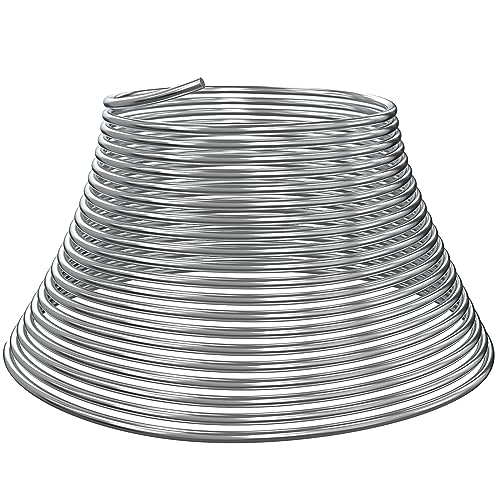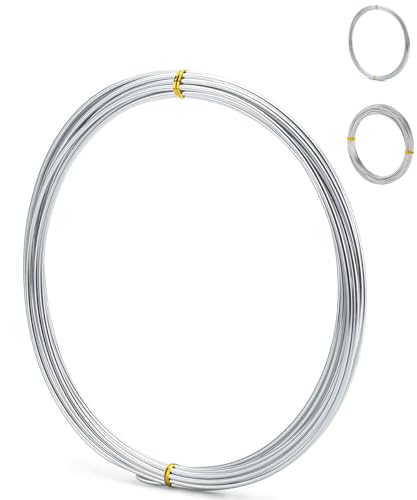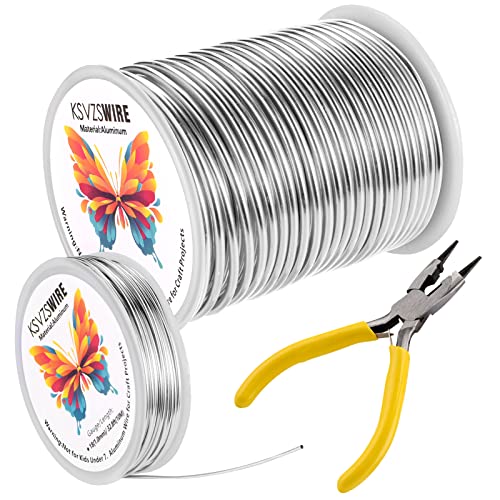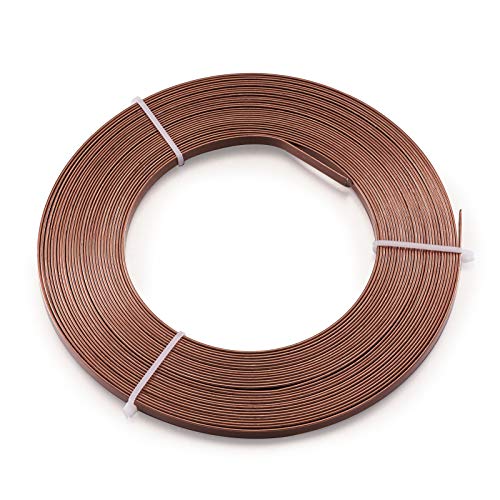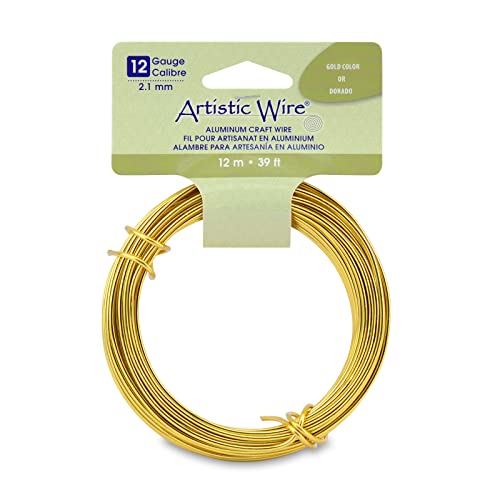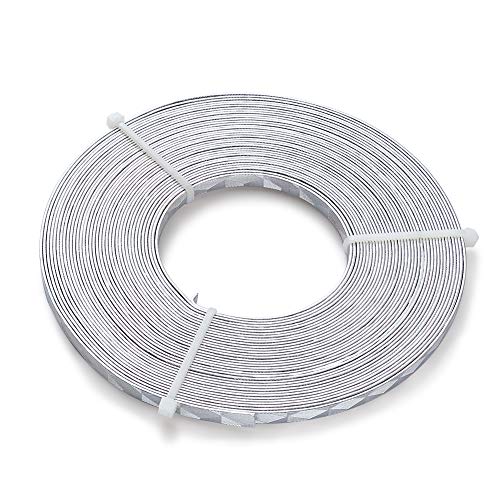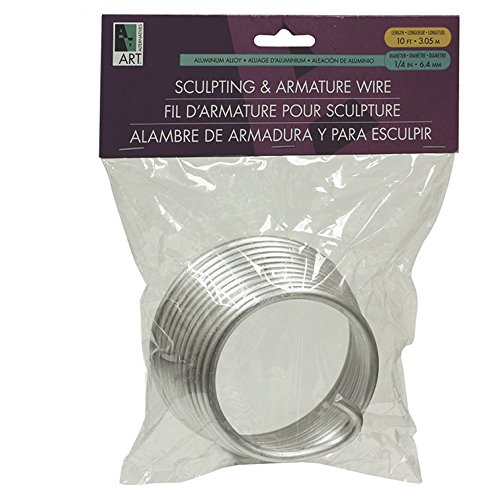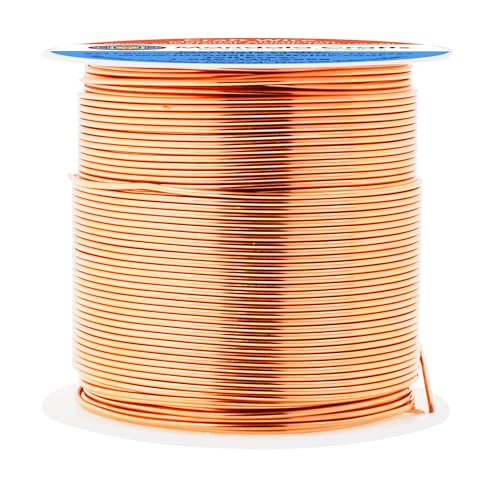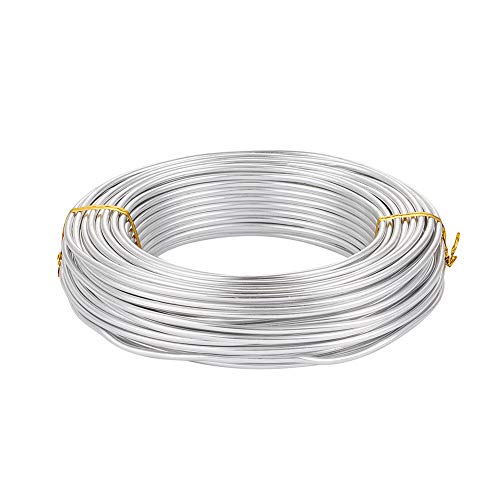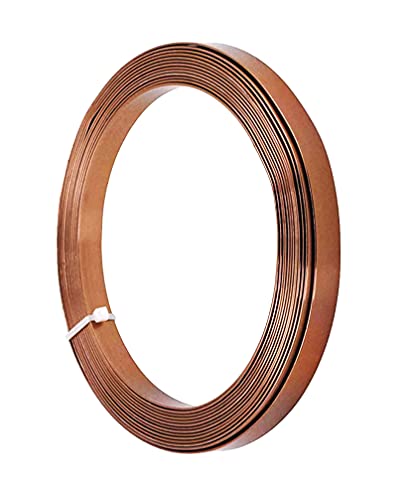Armatures and wire play a pivotal role in the world of art, serving as the invisible scaffolding that supports and guides the creative process. These essential tools provide structure and stability to various art forms, enabling artists to bring their imaginative visions to life. In this article, we will delve into the fascinating realm of armatures and wire, exploring their uses, versatility, and importance in the world of art.
The Foundation of Armatures
Armatures are internal frameworks or structures that artists use as a foundation for their sculptures, ensuring stability and support for the material being used. These frameworks can be made from various materials, including wood, metal, and wire, depending on the scale and requirements of the artwork.
Wire as a Versatile Medium
Wire, in particular, is a versatile material often chosen for creating armatures due to its flexibility, strength, and ease of manipulation. Artists working with wire appreciate its ability to be bent, twisted, and shaped into various forms, making it suitable for a wide range of artistic endeavors.
Sculpting with Wire
Wire armatures are commonly employed in sculpture, allowing artists to construct the basic shape and structure of their piece before applying materials like clay, papier-mâché, or other sculpting mediums. The wire armature provides a skeleton that supports the weight of the sculpture and helps maintain the desired form during the creative process.
Wire sculptures themselves are a unique art form. Artists can use different gauges and types of wire, such as aluminum, steel, or copper, to create intricate three-dimensional works. The malleability of wire allows for the formation of fine details and complex shapes, resulting in sculptures that range from abstract and whimsical to highly realistic and lifelike.
Wire in Drawing and Illustration
Beyond sculpture, wire can also be integrated into drawings and illustrations. Artists use wire to create three-dimensional elements in their artwork, adding depth and dimension to two-dimensional compositions. This technique is particularly popular in the creation of wire jewelry and mobiles, where wire serves as both a structural and decorative element.
The Importance of Armatures and Wire in Art
Structural Integrity: Armatures and wire provide essential structural support, ensuring that sculptures and other artworks maintain their intended forms. This stability allows artists to work confidently and achieve their artistic vision.
Durability: Wire armatures add durability to sculptures, preventing them from sagging or collapsing over time. This durability ensures that the artwork will stand the test of time and remain intact for generations to come.
Efficiency: Working with armatures and wire can significantly speed up the creative process. Artists can focus on shaping and detailing their artwork without worrying about its structural integrity.
Versatility: Wire can be easily combined with various materials, such as paper, fabric, or clay, to create mixed-media sculptures and artworks. This versatility encourages experimentation and allows artists to push the boundaries of their creativity.
Accessibility: Wire is a readily available and affordable material, making it accessible to artists of all levels. Its ease of use also makes it an excellent choice for beginners looking to explore sculpture and other art forms.
Armatures and wire are the unsung heroes of the art world, providing the essential support and structure that underpin countless creative endeavors. Whether used as a foundation for sculptures or as a medium in their own right, wire allows artists to push the boundaries of their imagination and transform their visions into tangible works of art. As artists continue to explore new techniques and materials, armatures and wire will remain indispensable tools, offering endless opportunities for innovation and artistic expression.
